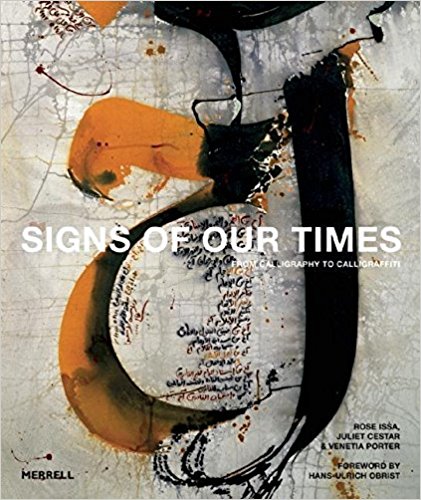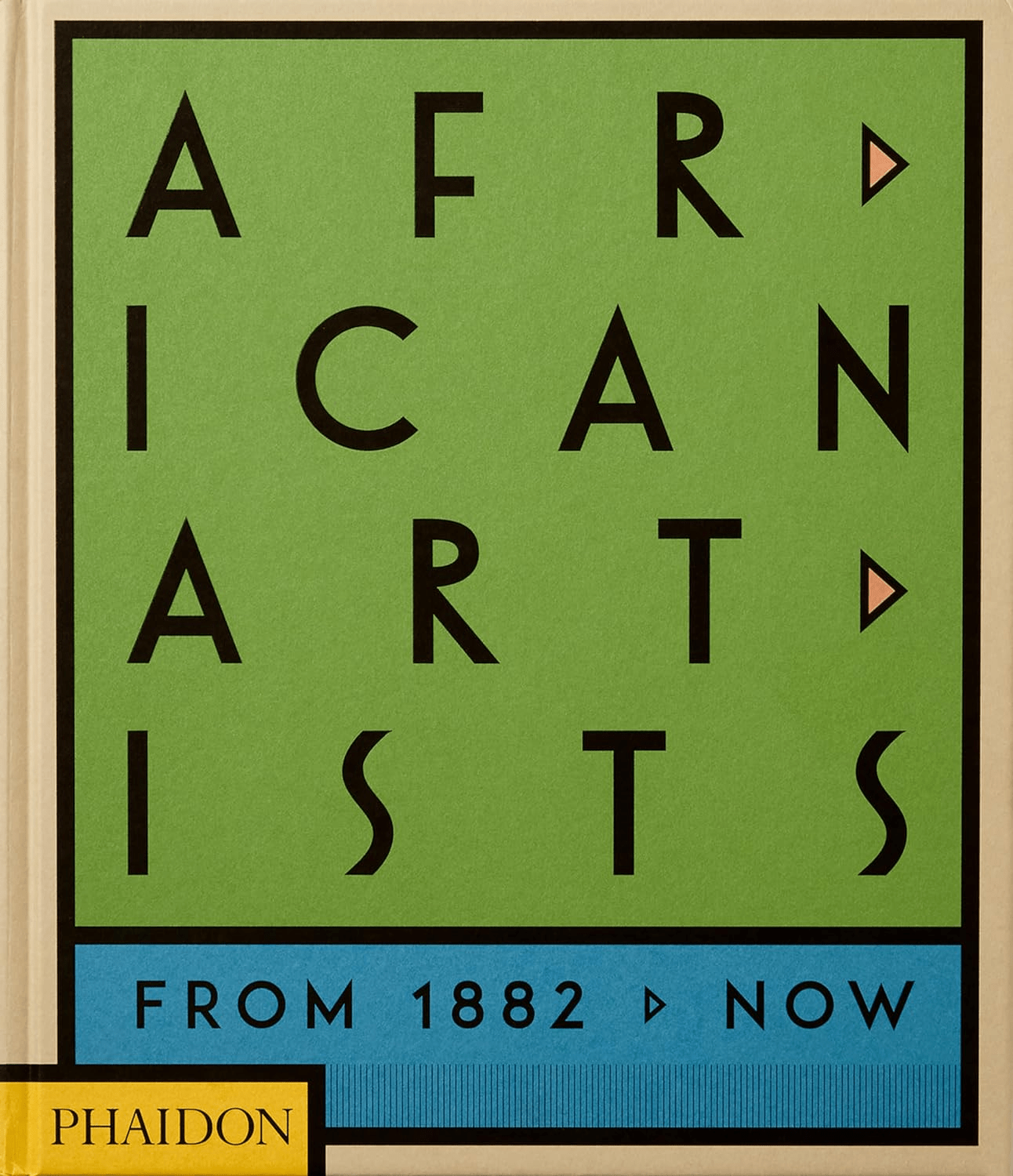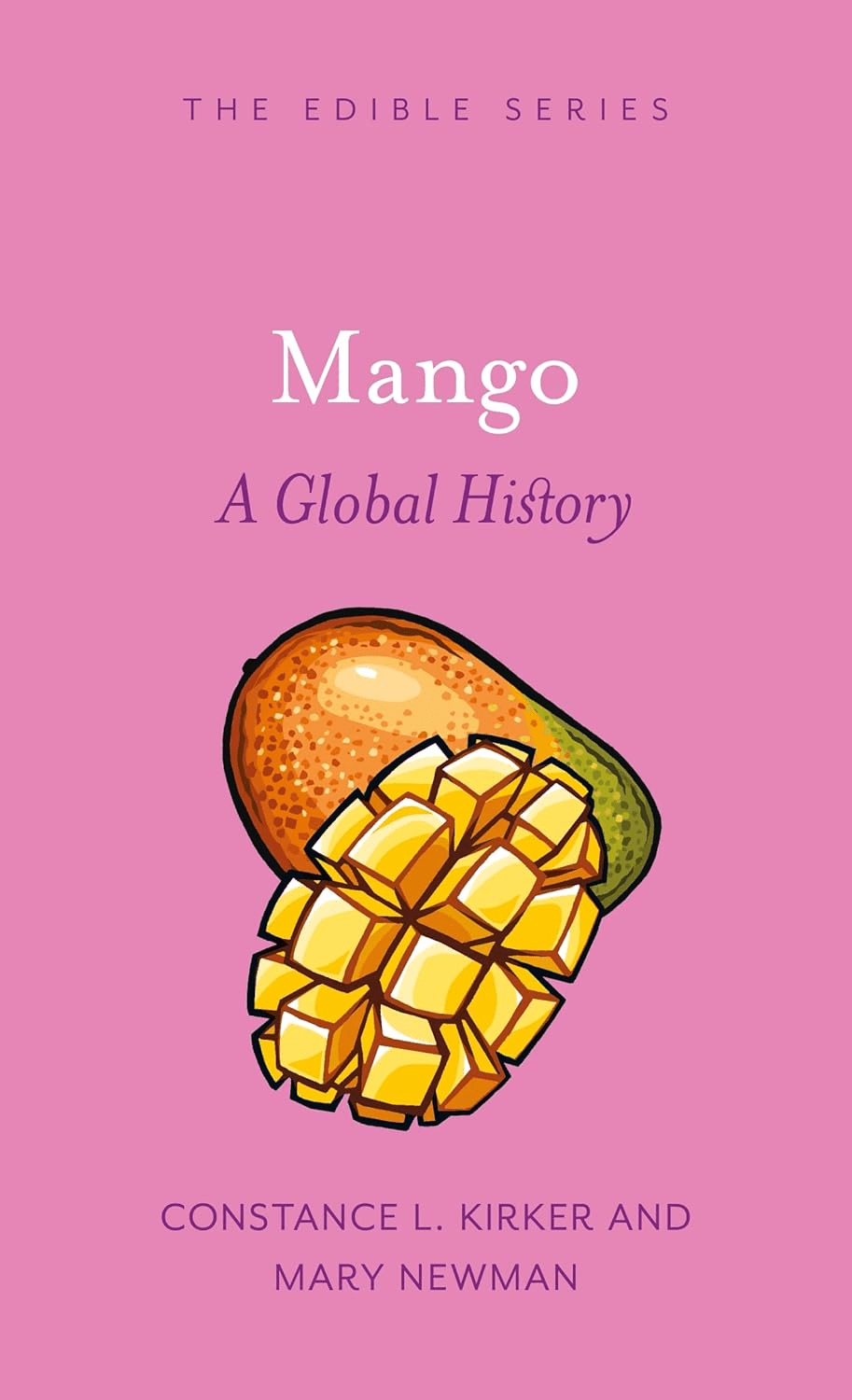
Signs of Our Times: From Calligraphy to Calligraffiti
Lee Lawrence
Rose Issa, Juliet Cestar and Venetia Porter
2016, Merrell, 978-1-8589-4652-8, $70 hb.
In the late 1990s, Princess Wijdan Ali of Jordan introduced the notion of "calligraphic school" of modern art characterized by artists' use of Arabic writing (see AramcoWorld M/A 97). Even though none of the authors mentions Wijdan's work on this subject, their book is nonetheless a continuation, showcasing the range of work in this genre to date. Venetia Porter of the British Museum introduces the historical arc of Arabic writing, while Juliet Cestar provides in a coda a chronology that relates select milestones in art to historical developments. In between, independent curator, writer and publisher Rose Issa discusses the organizing principle for the book "Innovation" (1950s–'70s), "Exploration" (1980s–'90s) and "Circumnavigation" (2000–'15). The 43 artists she selected occupy most of the book. She represents each with three to six works, a short biography and quotes from the artist. Her selection drives home the astounding variety of artists' relationships to Arabic writing and will serve as a useful reference.
You may also be interested in...

A Century of African Art, in 300 Voices, All in One Book
From Cairo to Khartoum to Casablanca, this volume traces how African artists have shaped—and reshaped—modern art over the past century.
Book ‘s Take on Mangos Serves Up a Curious Mix of Food and History
Constance L. Kirker and Mary Newman trace mango’s cultural and culinary significance around the world.